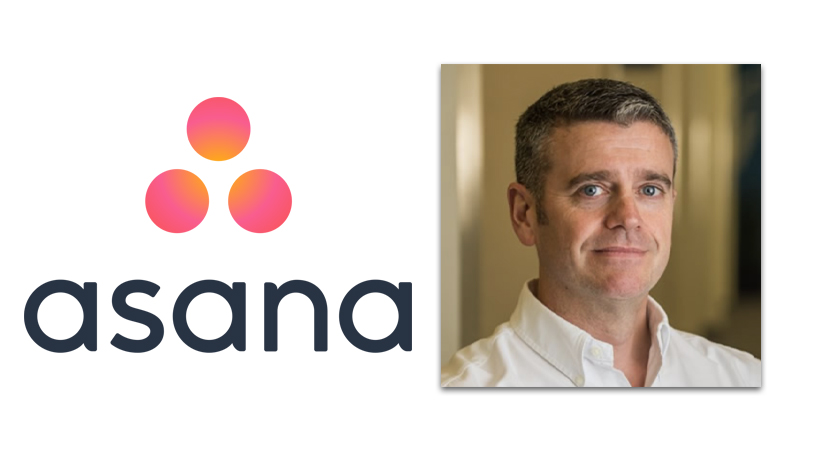Asana’s recently revealed partner programme has “formalised” the structure that had been in place until now, according to Simon O’Kane, Head of EMEA.
Asana Partners is the work and project management solution provider’s first official partner programme and encompasses over 200 essential work tools and strategic channel partners across 75 countries, including the UK. It also sees the solution become available in seven new languages, allowing more organisations to collaborate worldwide.
O’Kane told UC Today that the partner programme has been a work in progress for the past year and a half and this marks the first time the vendor has actively promoted its capabilities to customers.
“We’ve been working to build the partner network over the past 18 months, but this is the first time we are formally promoting it to our customers and actively informing them about these capabilities and resources,” he stated.
“We’re excited to share what we’ve built with our customers to ensure a more robust, enterprise-level experience with Asana, as organisations grapple with what their future of work looks like.”
The vendor wants to increase productivity among distributed workforces by allowing users to switch between apps as efficiently as possible. The new programme will allow customers to integrate Asana with over 200 of its Technology Partners – including Zoom, Slack and Microsoft Teams – and to connect with solutions providers and systems integrators, such as Dell and SHI, to help businesses coordinate their work.
“We’ve seen a real growth in users switching between apps; throughout the day people can be flicking from an email to a chat to a Word document 25 times a day on average,” O’Kane elaborated.
“We want to minimise that by providing lots of seamless integrations across those apps so you don’t have to keep switching between them, and there’s a real productivity improvement around that.”
O’Kane said that the past year has shown that a formalised partner programme was a necessity for the company’s growth and that some customers have found it has increased productivity so much that they can afford to move to a four-day working week.
“We’ve been around for 10 years…and over the last 12 months, we’ve seen an even more imperative need for this [programme],” he said.
“For example, one of our customers in Germany – quite a big marketing and advertising agency with about 1,200 people worldwide who have been using us for years – has every employee use Asana and they’ve discovered that they’ve had so much productivity gain, that they could move to a four-day week.
“They’ve given their employees an extra day off every week because they believe it’s good for their business. That’s the sort of impact that our partners can help our customers with.”
Asana operates a direct and indirect business model and has direct operations in Ireland, the UK, Germany and shortly in France, but is dependent on channel partners elsewhere to drive delivery of its solution.
“We’re putting huge amounts of investment into our product to help us reach all parts of the world,” stated O’Kane.
“Our hope for our partners is that they will be able to build very significant and sustainable businesses on Asana to allow them to invest further. We want them to build their business, whether their regional partner or a global partner.”







